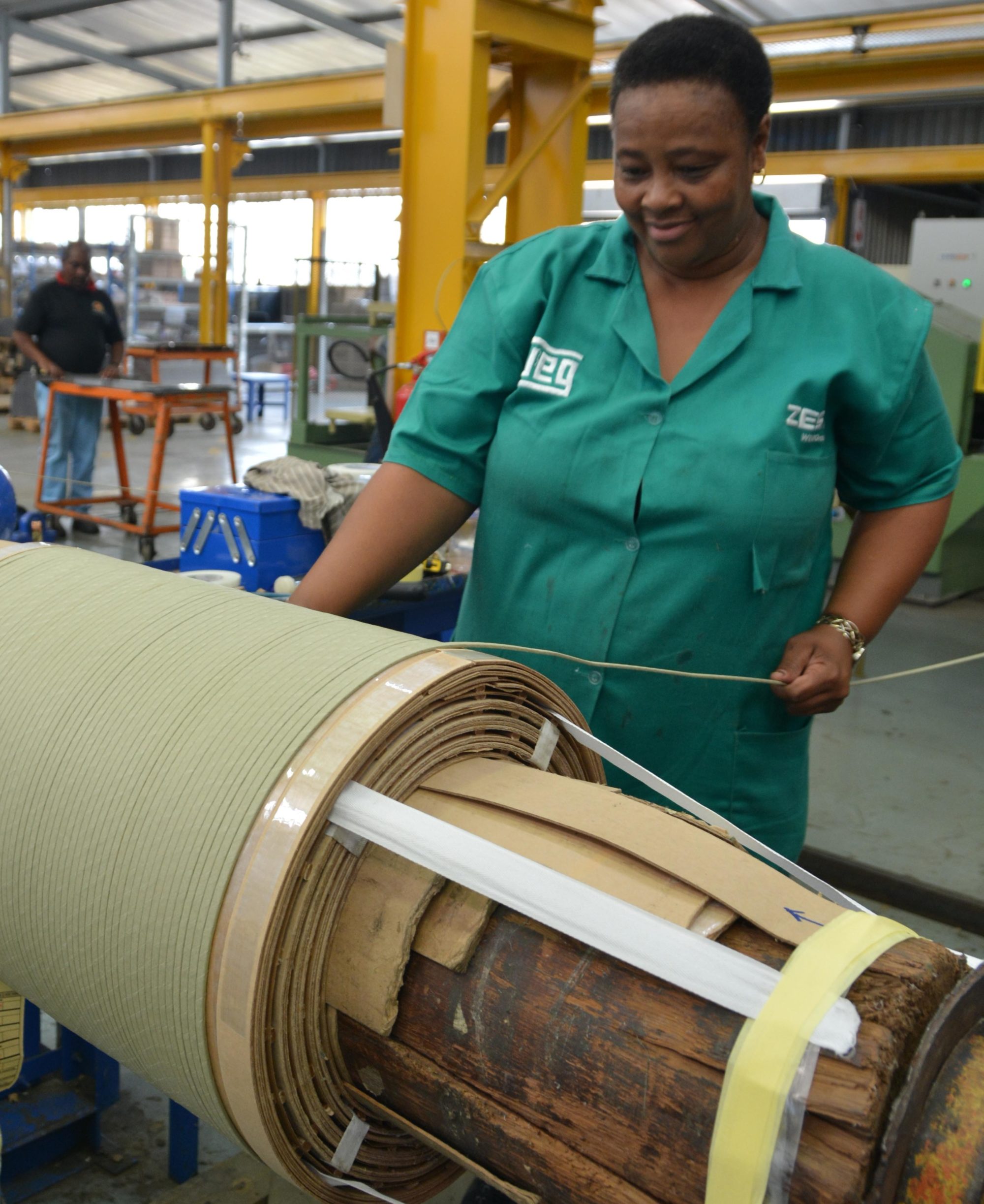While copper has been assumed to be the material of choice for transformer windings, global specialist WEG Transformers has successfully manufactured thousands of transformers with aluminium windings.
An important consideration behind this option is the likely future increase in the price of copper, as worldwide reserves of the metal gradually decline. While copper reserves are currently estimated at 5,600 Mt; the reserves of bauxite are estimated at more than 13 times – 75,000 Mt.
The price of copper has fluctuated greatly in the past and has recently risen much faster than the price of aluminium, making the winding of conductors with aluminium increasingly attractive.
After years of testing, it has been established that there are no significant differences between the use of aluminium windings and copper windings in designing and manufacturing distribution transformers, as well as small to medium power transformers. Either metal gives the transformer the same quality of operation and performance.
The use of aluminium in transformers began as early as WWII when industry experienced a shortage of copper, which was in huge demand for the arms industry. By the 1960s, when copper prices rocketed due to high demand, aluminium again became popular in windings; previous technological problems were overcome, and these transformers became more reliable.
Since 1970, aluminium was used intensively in the USA and the technology of aluminium-wound transformers was further enhanced; it has now gained widespread acceptance in European countries and other parts of the world.
One of the myths that has been disproved is the belief that aluminium-wound transformers have bigger losses of electricity. While the aluminium conductors are larger than copper conductors, they are lighter; the result is that the mass of the core in an aluminium transformer is 5 to 20% more, but the total transformer mass is almost the same – for the same level of electrical loss.
With regard to the respective thermal properties, aluminium has a lower melting point than copper but it is still well above the real working temperatures of the windings. In normal circumstances, the ‘hot-spot’ temperature in the windings is between 105°C and 120°C, while aluminium only melts at 665°C.
More importantly, the lower thermal conductivity of aluminium does not affect the performance; the temperature differences in the conductor are negligible in relation to the temperature difference between the ambient air and the windings. Also, as a result of the difference in the material properties of the two metals, Eddy loss in aluminium winding is 38 % less than in copper with the same volume of conductor.
While there was historically some concern about joining and terminating aluminium – either to itself or to copper – when it was to be used outdoors, these joints and terminations are today made without any problems. Techniques such as bolting, crimping and arc welding under inert gas (with or without refractory electrodes) have undergone severe testing over many years and have been proven.











